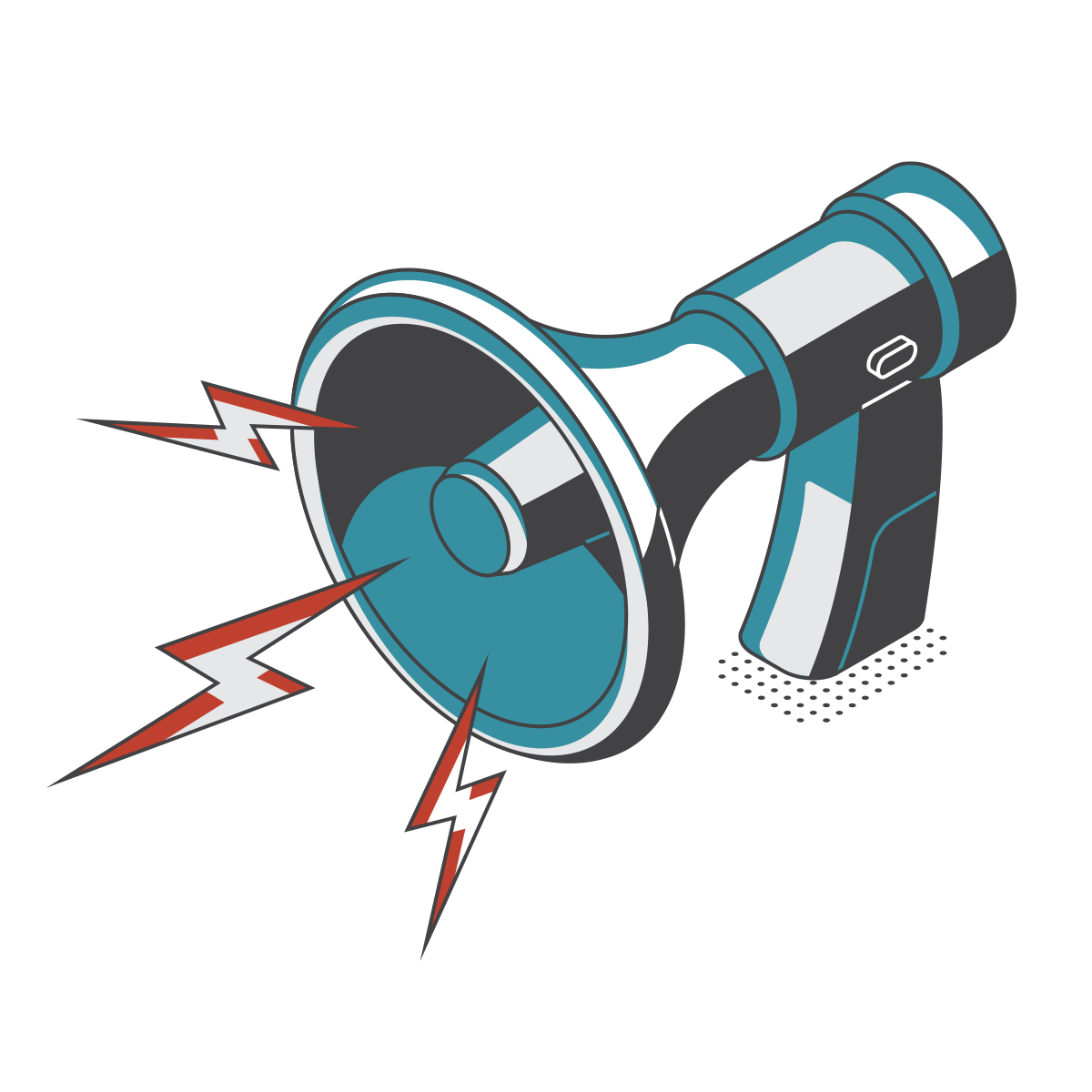In today’s noisy world, brand cuts through the clutter, nudges its way to the front of the line. In our busy lives, we are organizing our brands into smaller and smaller bunches. In 2018 Amazon topped the rating as the most powerful brand in the world. As you would expect, Apple, Google and Facebook followed closely. You know those brands; you use them.
In Canada, Tim Hortons tops the list. You might be surprised that Scotia Bank tops TD or the Royal Bank. Or that Saputo is in the top ten.
Blackberry rose to stardom in just a few short years. The little device became ubiquitous to power, business and innovation. And then, in a tangle of mixed messaging, brand confusion and bad business decisions, it fell into near obscurity. All in two decades.
Just think… only two decades ago! (the iPhone only appeared in 2007 – hard to believe the dependency created in 12 years.)
Brand is that ‘je ne sais quoi’ that defines a product/company/service.
Your brand is that essence (personality) that sets you apart from others.
Differentiation is not found in product or service. To find that essence, the kernel of truth that defines you, is hard work. It forces you to look deep inside who you are. Your brand is your story. The journey to becoming you is a part of that story. The vision for your future is a part of that story. Your unique values are a part of the story. The brand synthesizes that story into a promise.
One of the things a great brand does best is provide a unique but consistent experience. You are never surprised at what you see or hear, because everyone in the organization KNOWS the brand inside out. That repetition of core attributes builds your unique story in the minds of your audience.
There are some very cool ways of helping to build that story within your organization.
First of all, the leaders must be committed to live the brand.
In one of our favourite brand experiences, the leaders really caught the vision (well, the VP of HR took a little time). They were committed to living the brand. To launch the brand with a punch, we closed the office at noon on Friday and brought in our design team. We painted, pasted, added new furniture, lights and graphics. When the team came in on Monday morning (we were there), they were stunned. It was absolutely amazing. The front entrance was transformed from an ordinary, somewhat dowdy room to a complete brand experience. For the first time, they saw their brand in action. That relatively small act began to change the whole staff team, volunteers and guests.
Secondly, identify 3 to 5 core messages that define who you are.
It’s harder than you think. Leadership teams and boards pedantically want the key messages to describe WHAT they do and HOW they do it. They struggle to define the personality behind their product or service. I think of a practical thing like a hatchback car… really, what is the difference between the Ford Focus and the Mazda 3? Ford tells me: “We all drive. Some of us have more fun doing it.” Ford has taken the competition with foreign cars seriously. They have deliberately and effectively added high tech to low-priced vehicles, giving their brand an authentic claim to being ahead of the curve. In their copy they use words like: sporty, attention to detail, smart…
Mazda 3 has taken another pathway: “Designed to Move You.” The company has merged the practicality of the simple hatchback to sleek, modern design. Read their copy: Crafted (not built, crafted suggests personal attention and takes away the image of Ford’s assembly line) by engineers (very specifically defining the scientific edge to the car) who are passionate about how it feels to drive a car that’s beautiful, confident and cutting edge…
These words come from the core messages of the brand.
Finally, match the visuals to the message.
We were working with a group that does relief work in response to emergencies. One of the images they used over and over again was a line of motorcycles, shining and clean, with their logo on the side. The motorcycles were in a neat row, parked and seemingly unused. They were shocked when I ripped that photo up in front of them. You see, while the photo was lovely, it did not support their brand. All of their photos should be action. They were work boots and muddy jeans. The visuals set the tone.
